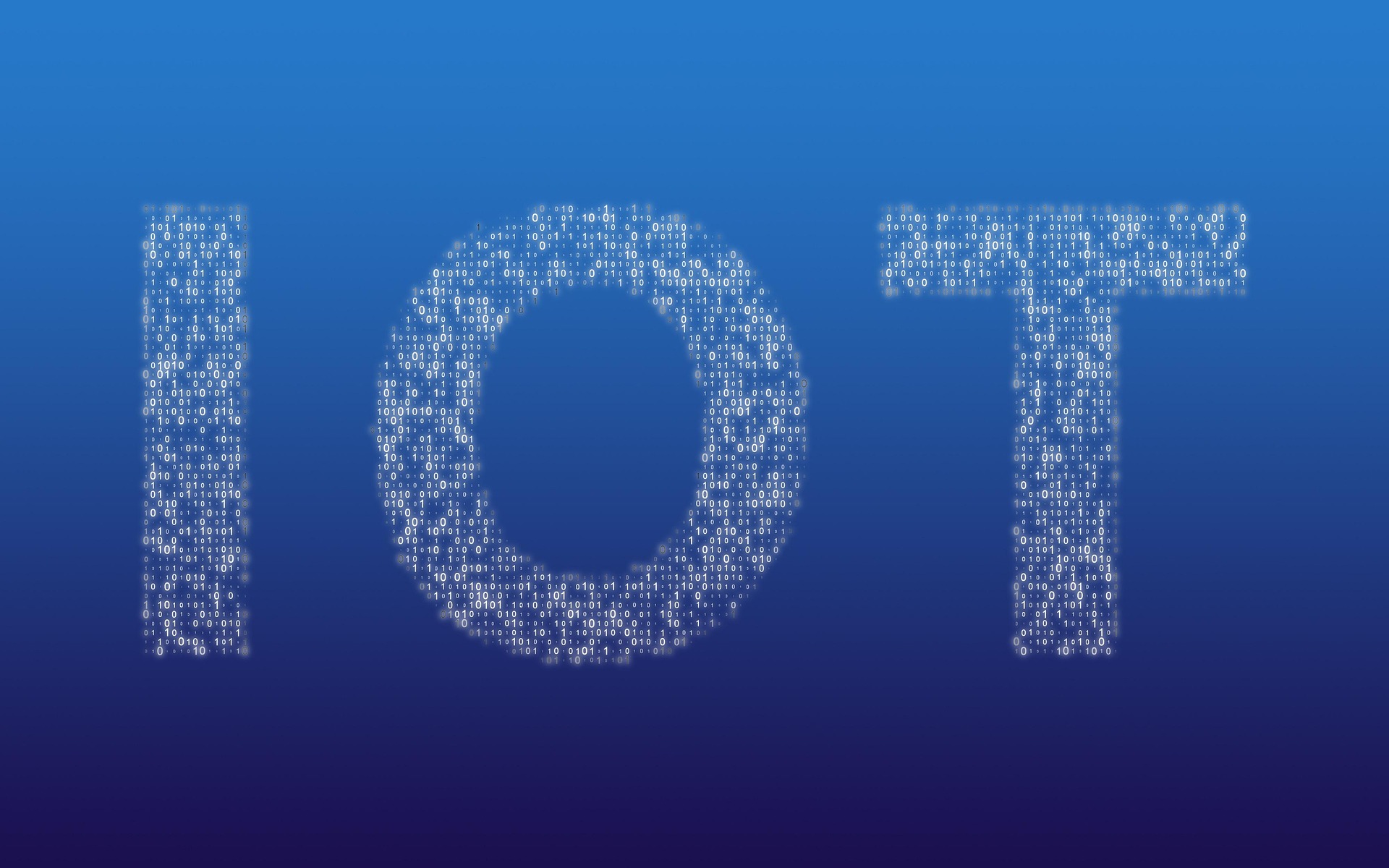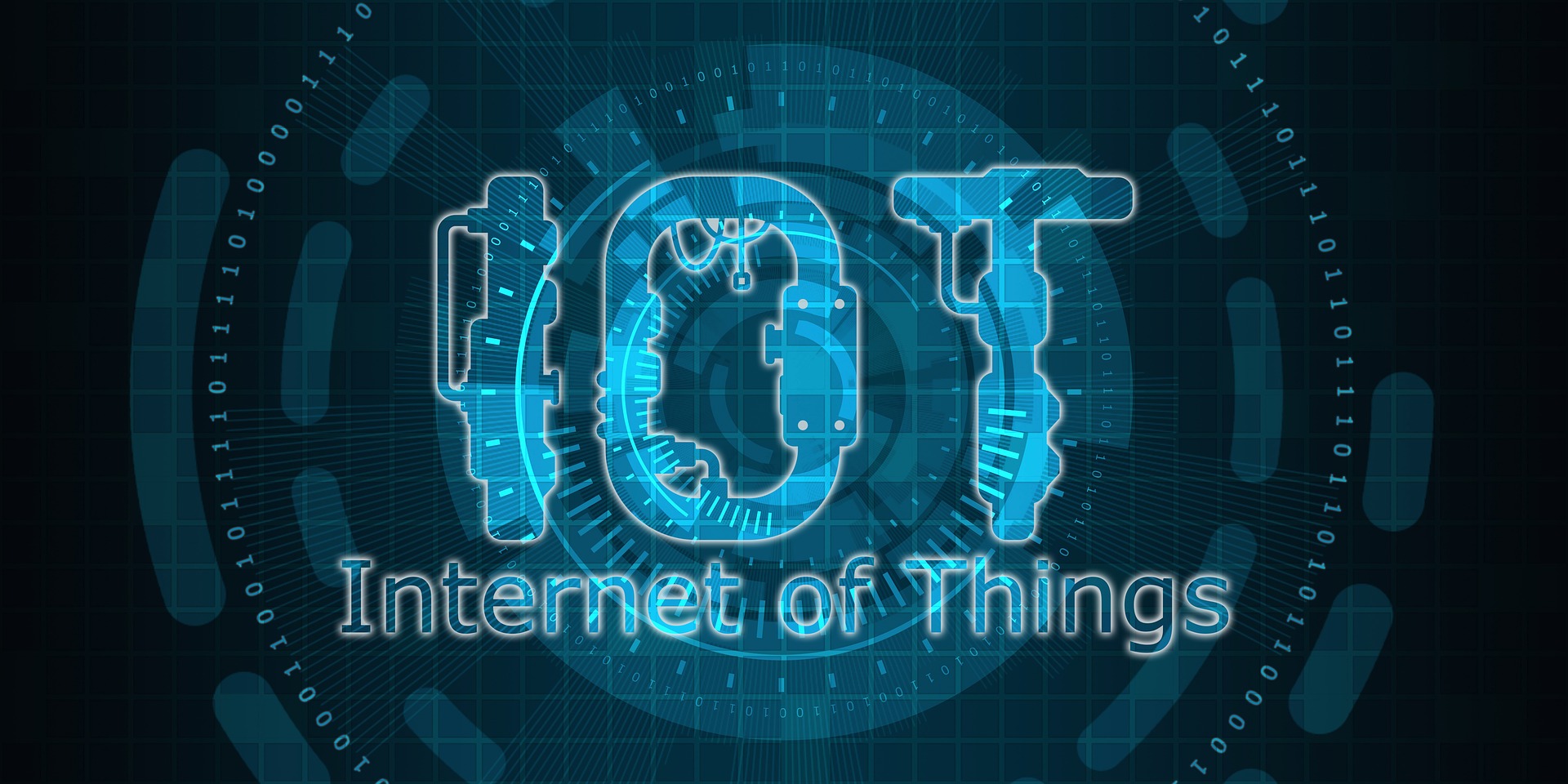The Internet of Things (IoT) continues to reshape industries, revolutionize homes, and enhance daily lives. As we move further into 2025, new trends are emerging that promise to accelerate IoT adoption and expand its potential. From advanced connectivity to innovative applications in various sectors, here are the top IoT trends to watch this year.
1. Expansion of 5G Connectivity
The rollout of 5G networks worldwide is unlocking unprecedented opportunities for IoT devices. With faster speeds, lower latency, and higher capacity, 5G enables more devices to connect seamlessly and communicate in real-time.
Key Impacts:
- Enhanced functionality for smart cities, including traffic management and public safety systems.
- Improved performance for industrial IoT (IIoT) applications, such as predictive maintenance and robotics.
- Wider adoption of IoT in remote and rural areas due to better coverage.
2. Edge Computing Gains Momentum
Edge computing brings data processing closer to the devices generating the data, reducing reliance on centralized servers. This trend is becoming increasingly important for IoT as it addresses latency, bandwidth, and privacy concerns.
Applications:
- Autonomous vehicles processing sensor data in real-time.
- Smart factories optimizing production lines instantly.
- Healthcare devices analyzing patient data on-site for quicker diagnostics.
Why It Matters: By minimizing the distance data travels, edge computing ensures faster decision-making and enhances the reliability of IoT systems.
3. Increased Focus on IoT Security
As the number of connected devices grows, so do the risks of cyberattacks. In 2025, manufacturers and consumers are prioritizing IoT security to safeguard privacy and prevent breaches.
Security Innovations:
- Device manufacturers integrating advanced encryption and authentication mechanisms.
- Governments introducing stricter regulations, such as mandatory security certifications for IoT devices.
- Growth in adoption of AI-driven threat detection systems.
Pro Tip: When buying IoT devices, look for those with a strong focus on security features, like regular firmware updates and two-factor authentication.
4. IoT-Powered Sustainability
Environmental consciousness is influencing IoT development, with devices designed to monitor and reduce energy consumption gaining popularity. From smart thermostats to industrial energy management systems, IoT is playing a key role in achieving sustainability goals.
Examples:
- Smart grids that balance energy demand and supply efficiently.
- IoT-enabled precision agriculture reducing water and fertilizer use.
- Carbon footprint trackers for households and businesses.
Why It Matters: Sustainability-driven IoT solutions not only help the planet but also reduce costs for users.
5. AI and IoT Convergence
The integration of artificial intelligence (AI) with IoT is creating smarter, more autonomous systems capable of learning and adapting to user behaviors.
Key Areas of Impact:
- Smart homes that anticipate user needs, such as adjusting lighting and temperature automatically.
- Predictive maintenance in industries to minimize downtime and reduce costs.
- AI-driven healthcare devices offering personalized treatment recommendations.
Future Outlook: As AI models become more sophisticated, their synergy with IoT will enable unprecedented levels of automation and personalization.
6. Growth of Smart Cities
The concept of smart cities is evolving rapidly, with IoT technologies forming the backbone of urban infrastructure. In 2025, more cities are adopting IoT solutions to improve efficiency, safety, and quality of life.
Applications:
- Smart traffic systems reducing congestion and emissions.
- IoT-enabled waste management optimizing collection routes.
- Public safety networks integrating connected surveillance and emergency response systems.
Global Trend: Governments and private sectors are investing heavily in smart city projects, making urban areas more sustainable and livable.
7. IoT in Healthcare
IoT devices are transforming healthcare by enabling remote monitoring, personalized treatment, and better patient outcomes. The COVID-19 pandemic accelerated this trend, which continues to grow in 2025.
Examples:
- Wearables tracking vital signs and alerting users to health anomalies.
- Smart medication dispensers ensuring proper dosages.
- Remote patient monitoring systems allowing doctors to oversee care from afar.
Future Vision: IoT in healthcare will expand access to quality care, particularly in underserved areas.
For more IoT articles visit KontraNet.com – The IoT Hub
The future of IoT in 2025 is marked by innovation and integration. With advancements in connectivity, security, and AI, IoT is poised to impact every facet of life, from sustainable living to smart cities and beyond. As these trends unfold, staying informed and adopting the right technologies will be key to leveraging IoT’s full potential.
Table of Contents
Vanguard 1: Earth’s Oldest Artificial Satellite May Soon Return to Earth
In an exciting move that could reshape the history of space exploration, the United States is consid…
Technology Terms Explained
The technology world is full of acronyms and specialized terms, including essential Technology Terms…
IoT Trends to Watch in 2025
The Internet of Things (IoT) continues to reshape industries, revolutionize homes, and enhance daily…


